I Wish My Dog Ran Agility Like That
I often hear people say “I wish my dog ran like that” when people see my Border Collie, Zima, run agility, and I’m not really sure how to respond. Does she run super fast? Yes. Does she LOVE agility? Absolutely. Will she take obstacles with a lot of distance? 10000%. The thing is though, all of these things have been and are still struggles in our training. What people don’t see (unless they are our classmates, shout out to Chloe, Alyssa and Kate!) are the hard days. The days where my patience is drained. Where I am on the verge of tears because Zima and I aren’t on the same page, where she just wants to run but I can’t let her because she keeps taking her frustration out on me.
There was a period in our training where Zima wanted to do agility so badly that when we got into the ring she couldn’t even look at me and instead would just hyper focus on the obstacles. She would then get so frustrated when I would correct what obstacle she was taking (because agility isn’t just take any obstacle you want as fast as you can, to Zima’s dislike) that she would nip me. We learned that if I didn’t have her focus before the start, her frustration level would rise very quickly, ending with the same result. This frustration would be caused by a number of things, including: me moving too much, me standing in her path, me standing too close to her path, me giving mixed signals on what she is supposed to do, or me not telling her what to do quick enough. If you’re thinking “Rachel, it seems like you’re handling is the problem, you should probably work on that,” Zima would agree. The thing is, I have been doing this agility thing two years longer than she has. I cannot even imagine trying to start agility with her as my first agility dog.
I am forever grateful that I started agility with my slower-paced boy Quincy. Being able to learn and grow in our skills together was such a game changer for me. Agility is a lot harder for the human than it appears on the outside. One of the first things I tell my foundation classes is “some of these things will be harder for you than your dog.” Handlers need to be aware of almost every single inch of their body as well as what they are saying because it all sends a message to the dog. Feet pointed out instead of straight? Left hand up instead of right? Mix up the obstacle cue? This all sends the dog a message on where to go. The slower the dog, the lower the “damage” that is done.
My favorite analogy is that a fast dog is like a sports car. Imagine you’re driving a sports car, doing sports car things (going fast). Your co-pilot is telling you where to go because you have never driven on these curvy roads before. You come to a fork in the road and they point to the right but they say “go left.” With the speed you are going you have limited choices. You can listen to the verbal, follow the physical, or you try to figure out what to do and end up taking neither turn. No matter the outcome, you would definitely not be happy.
Now imagine you are in a regular car going 30 mph. You are approaching the fork and get conflicting information. This gives you time to ask for clarification and your co-pilot has time to correct their direction. Essentially, this is the difference between running a fast dog and a slow dog. You are able to make those mistakes with the slow dogs because there is simply more time to provide the correct information.
Am I saying that running the slow dog is all rainbows and butterflies? That you can make all the mistakes and still have a clean run? Heck no! That still comes with it’s own challenges. If I make mistakes with Quincy, he loses interest and just starts smelling every single thing that is on the ground. What I am saying, however, is that the grass isn’t always greener on the other side. Often your slow dog can get faster and that speed will come as they become more confident and your handling skills improve. Try not to compare your dog or your skills to other teams, you might be at two separate stages of your agility journey, your struggles may not be theirs and theirs may not be yours. Learning to drive the Toyota before jumping behind the wheel of the Ferrari is not a bad thing, trust me!

